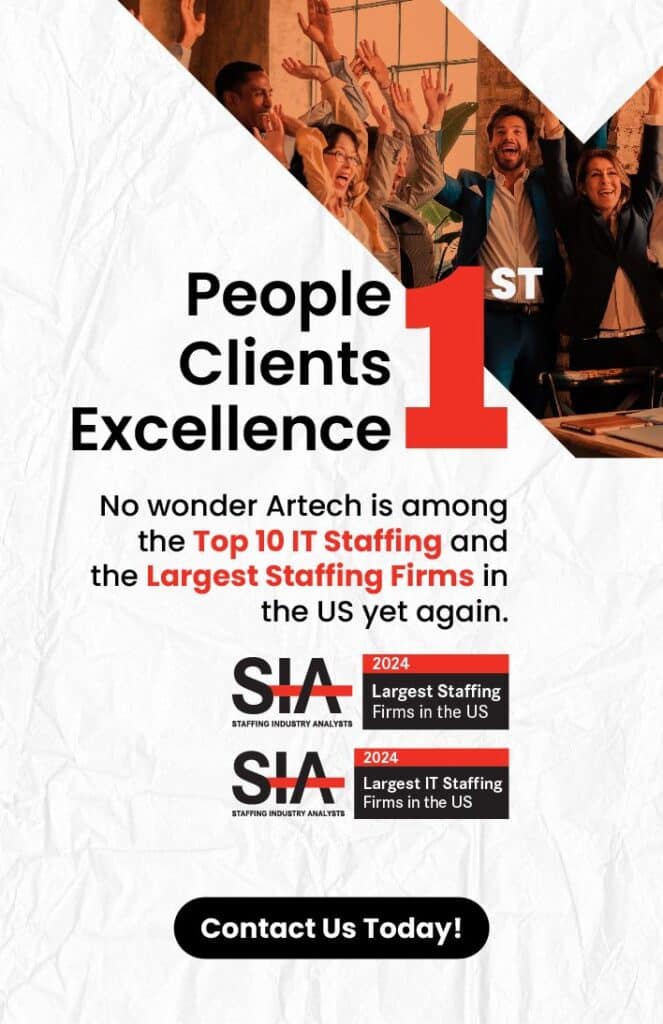Our team modernized outdated print-and-fill forms into mobile-friendly web-based formats, incorporating automated testing. This transformation reduced errors, streamlined operations, and enhanced user satisfaction while delivering significant cost savings.
Forms Modernization for Federal Health Insurance Exchange

Improving compliance and enhancing user experience
Customer
Federal Health Insurance Exchange Website
Problem
Several government mandates including the 21st Century Integrated Digital Experience Act (IDEA) and Connected Government Act desire to improve consumer experiences of Federal Services with the overall goal that all government-produced digital products, including websites and applications, be consistent, modern, and mobile-friendly.
The Affordable Care Act (ACA) and the supporting Federally Facilitated Marketplace website want to provide exceptional experiences across desktops, smartphones, and tablets like those expected in the Private sector.
Antiquated print-and-fill forms impeded completion rate objectives, were prone to submission errors, and did not support a mobile experience. Handling, scanning, storing, resource needs, and logistics for mail-in paper forms were costly and challenging – especially during a pandemic.
Action
Lead the construction of a forms modernization strategy for all legacy and in-flight forms including program governance for defining and measuring KPIs over time, internal business and legal compliance, tracking and promoting adoption, and providing executive summaries. The initiatives derived from this strategy included:
- Where mail-in forms were required, converted print-and-fill forms to dynamic “smart” PDF forms with business validations for electronic form fill and added barcodes to encode form data.
- Other legacy PDF forms were transformed to modern and engaging web-based forms using Adobe Sensei Artificial Intelligence technology within Adobe Experience Manager (AEM) Forms and translated to other languages with the help of machine translation.
- Where directed, created modern, mobile-friendly web-based adaptive forms leveraging responsive design native to AEM and form layouts, field components, and virtual keyboards within AEM Forms.
- Ensured that all web-based and PDF forms adhered to accessibility compliance standards (508, ADA and WCAG) for users with disabilities.
- Incorporated automated testing and developed Selenium- and Appium-based libraries for desktop and mobile-web applications to interact with and control AEM components.
- Promoted Analytics and A/B testing to find design flaws and measure form usage, interaction patterns, and abandonment areas of consumers over time.
- Championed the use of Adobe Acrobat Sign to collect legally compliant and secure electronic signatures as well as signing workflows to review and collect signatures from any device.
Results
The forms modernization strategy provided easy integration and significant cost savings, productivity improvements, process and operational efficiencies, mobile and tablet support, form usage Analytics capabilities, and – most importantly – consumer satisfaction. The results from the initiatives included:
- Required mail-in dynamic PDF forms substantially reduced erroneous forms submitted as incomplete, inaccurate, or without required supporting documentation while reducing processing time using barcoded data which eliminated the need for manual re-keying.
- AEM-Based adaptive forms provided consumers with frictionless responsive form filling across any browser or device while reducing abandonment rates.
- Modern web-based forms delivered greater support for users with disabilities and enhanced support for screen-readers and keyboard-only form fill.
- Manual testing was time consuming and costly whereas test automation greatly reduced testing time from days to hours while providing better test coverage and increasing accuracy of results.
- Analytics will help detect issues – early and quickly – instead of relying on consumer feedback via email, phone or blog.
- Greatly improved cross-platform experiences for citizens and employees with forms that can be electronically signed, routed, and submitted anywhere, anytime, and on any device.
- Customer can achieve Cross-Agency Priority (CAP) goals by attaining higher-value FTE work through efficiencies and workflow automation.
Does this case study resonate with a similar business problem you are facing?
To find out how we can help you





